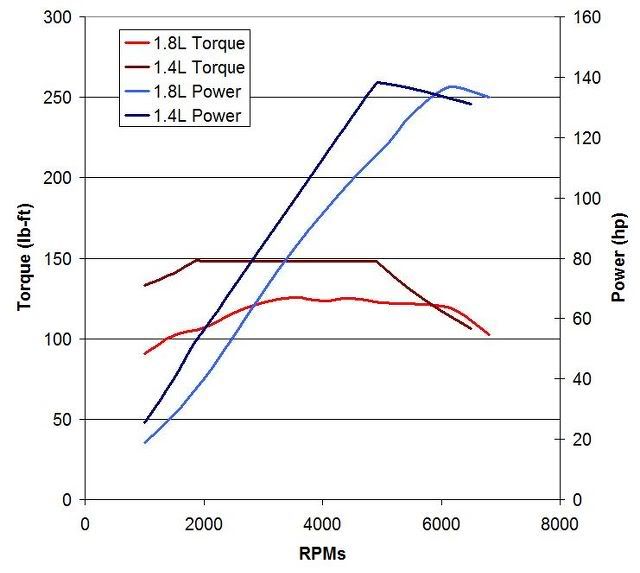http://www.rri.se/spec/view/png/graph/STR-03052701-kW-Nm-C.png
and heres a 2.0FSI power curve in comparison
See the torque is much more constant, though the t-jet has higher peak torque and larger area under the graph, the 2.0fsi has higher torque later in the rev range. Again showing that the 2.0 NA engine has a broader torque delivery across the full rev range, although peak-peak it is inferior to the t-jet.
and heres a 2.0FSI power curve in comparison
See the torque is much more constant, though the t-jet has higher peak torque and larger area under the graph, the 2.0fsi has higher torque later in the rev range. Again showing that the 2.0 NA engine has a broader torque delivery across the full rev range, although peak-peak it is inferior to the t-jet.
Last edited:



